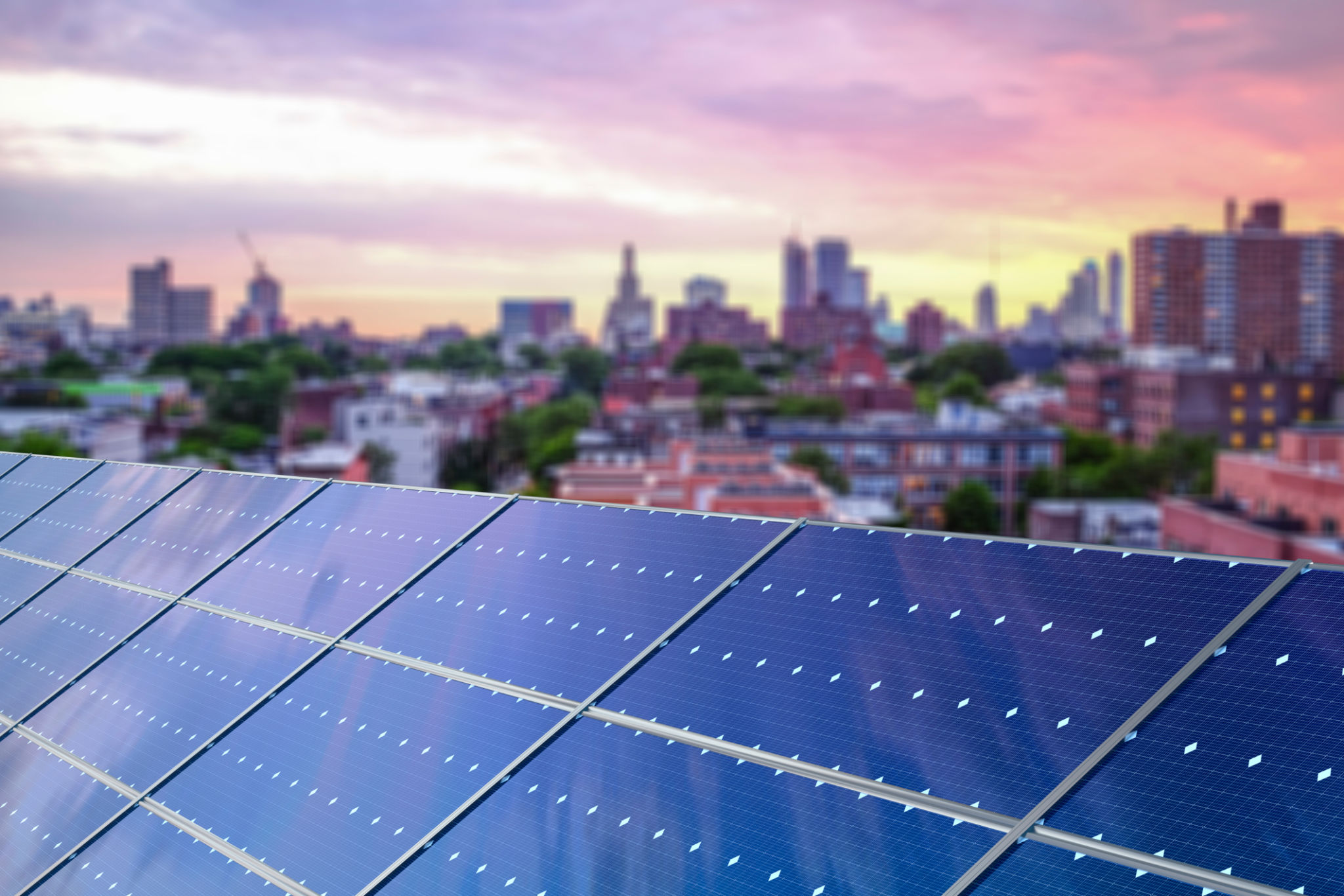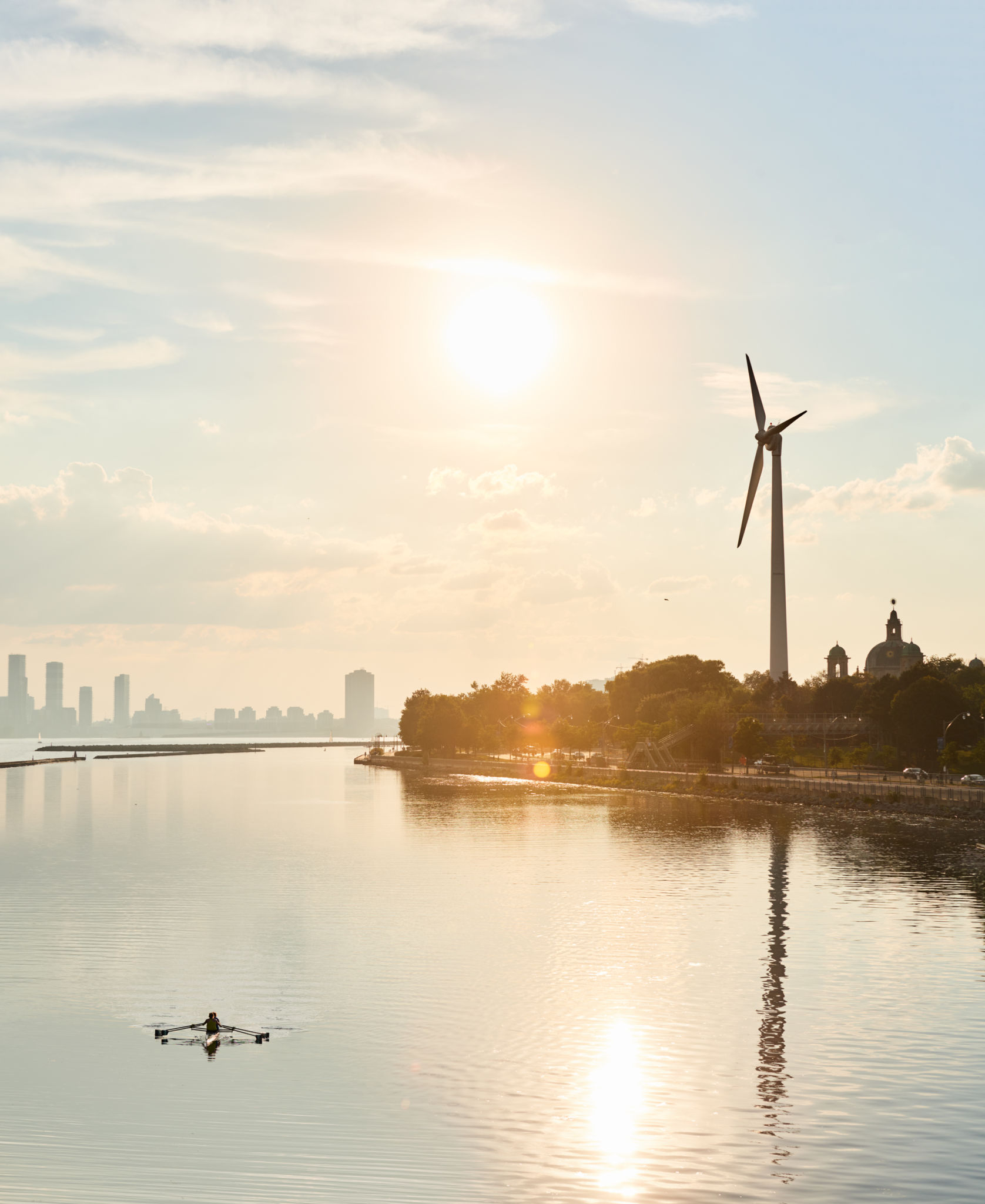Innovative Renewable Energy Solutions for Urban Areas
Ki
Transforming Urban Landscapes with Renewable Energy
Urban areas are the bustling heart of our modern world, yet they face significant challenges when it comes to sustainable energy. The dense population, high energy consumption, and limited space require innovative solutions. Renewable energy stands at the forefront of addressing these issues, offering a path to a more sustainable urban future.
Innovative technology and strategic planning are key to integrating renewable energy into urban landscapes. From solar panels on rooftops to wind turbines in unconventional spaces, cities are finding creative ways to harness natural resources for clean power.

Solar Power: Shining Light on Urban Areas
Solar power is an increasingly popular choice for urban areas due to its versatility and decreasing costs. By installing solar panels on rooftops, cities can generate substantial amounts of clean energy without requiring additional space. Moreover, recent advancements in solar technology have led to more efficient and aesthetically pleasing designs, making them an attractive option for urban developers.
In addition to traditional solar panels, solar windows and facades are emerging as exciting innovations. These technologies allow buildings to generate power while maintaining their architectural integrity. With these solutions, cities can transform every surface into a potential energy source.

Wind Energy: Capturing Urban Breezes
Wind energy is often associated with large, rural wind farms, but it also holds potential for urban environments. Urban wind turbines have been specifically designed to operate efficiently in city settings. These smaller turbines can be installed on rooftops or integrated into building designs, capturing the wind that flows between skyscrapers.
Despite the challenges of variable wind patterns and noise concerns, advancements in turbine technology have made urban wind energy a viable option. Additionally, vertical axis wind turbines offer a quieter alternative that can function well in the unique wind conditions of cities.

Harnessing the Power of Biomass and Geothermal Energy
Biomass and geothermal energy provide additional avenues for renewable energy in urban areas. Biomass energy can be generated from organic waste materials, such as food scraps and yard waste collected from city residents. This not only reduces landfill waste but also creates a sustainable energy source.
Geothermal energy, although less common in cities due to geographical constraints, can still be utilized in certain urban areas. Geothermal heat pumps can provide efficient heating and cooling for buildings, reducing reliance on fossil fuels and lowering greenhouse gas emissions.
Infrastructure and Policy: Paving the Way for Renewable Integration
The successful implementation of renewable energy solutions in urban areas requires not only technological innovation but also supportive infrastructure and policies. Governments and city planners play a crucial role in facilitating this transition. Incentives such as tax credits and subsidies can encourage businesses and homeowners to invest in renewable technologies.
Moreover, urban planning that prioritizes sustainability can ensure that new developments are designed with renewable energy integration in mind. By fostering collaboration between public and private sectors, cities can create a cohesive strategy for clean energy adoption.

The Role of Community Engagement
Community engagement is essential in the transition to renewable energy in urban areas. Residents must be informed and involved in the decision-making process to ensure that solutions meet their needs and concerns. Educational programs and initiatives can raise awareness about the benefits of renewable energy and encourage community participation.
Furthermore, community-owned renewable energy projects can empower residents by giving them a stake in their local energy production. Such projects foster a sense of ownership and responsibility towards sustainable practices.
In conclusion, urban areas present unique opportunities and challenges for renewable energy solutions. Through innovative technologies, supportive policies, and community involvement, cities can make significant strides towards a sustainable future. Embracing these solutions not only contributes to environmental preservation but also enhances the quality of life for urban inhabitants.